Designing Your Healing Herb Garden: Plant Arrangement Tips
Creating a beautiful and productive healing herb garden isn’t just about choosing the right plants — it’s also about arranging them thoughtfully so they can thrive together. A smart layout will make your garden easier to care for, reduce weeds, and ensure every herb gets the sunlight and space it needs.
🌿 Plan for Height: Small in Front, Tall at the Back
When planting your herbs, think about how tall they’ll grow once mature.
Taller herbs like Echinacea, Vervain, and Marshmallow should be planted toward the back of your bed or border.
Medium-height herbs such as Feverfew, Lemon Balm, and Peppermint go in the middle row.
Low-growing herbs like Chamomile belong at the front, where they won’t get shaded by taller plants.
This layered design creates a beautiful, tiered look and ensures sunlight reaches all your herbs.
🌱 Give Each Plant Breathing Room
Crowding herbs too close together can encourage pests and disease. Be sure to:
Check spacing needs on each plant label or seed packet.
Leave enough space between plants so air can circulate and you can easily reach them for harvesting.
A little space now means healthier growth later.
🌾 Mulch to Keep Weeds Down
Weeding can quickly become overwhelming, especially in the early stages. To save yourself time:
Apply a layer of mulch (such as shredded bark, straw, or compost) between your herbs after planting.
Mulch will suppress weeds, retain moisture, and enrich the soil as it breaks down.
This simple step reduces maintenance and keeps your garden looking neat.
🌼 The Result
With thoughtful placement, proper spacing, and a protective mulch layer, your healing herb garden will be both beautiful and bountiful — a thriving sanctuary for natural remedies right in your own backyard.
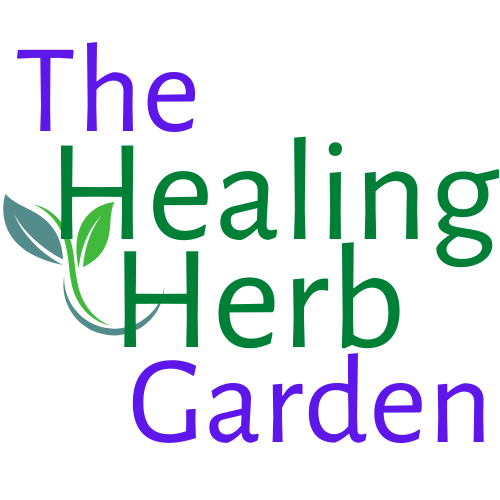

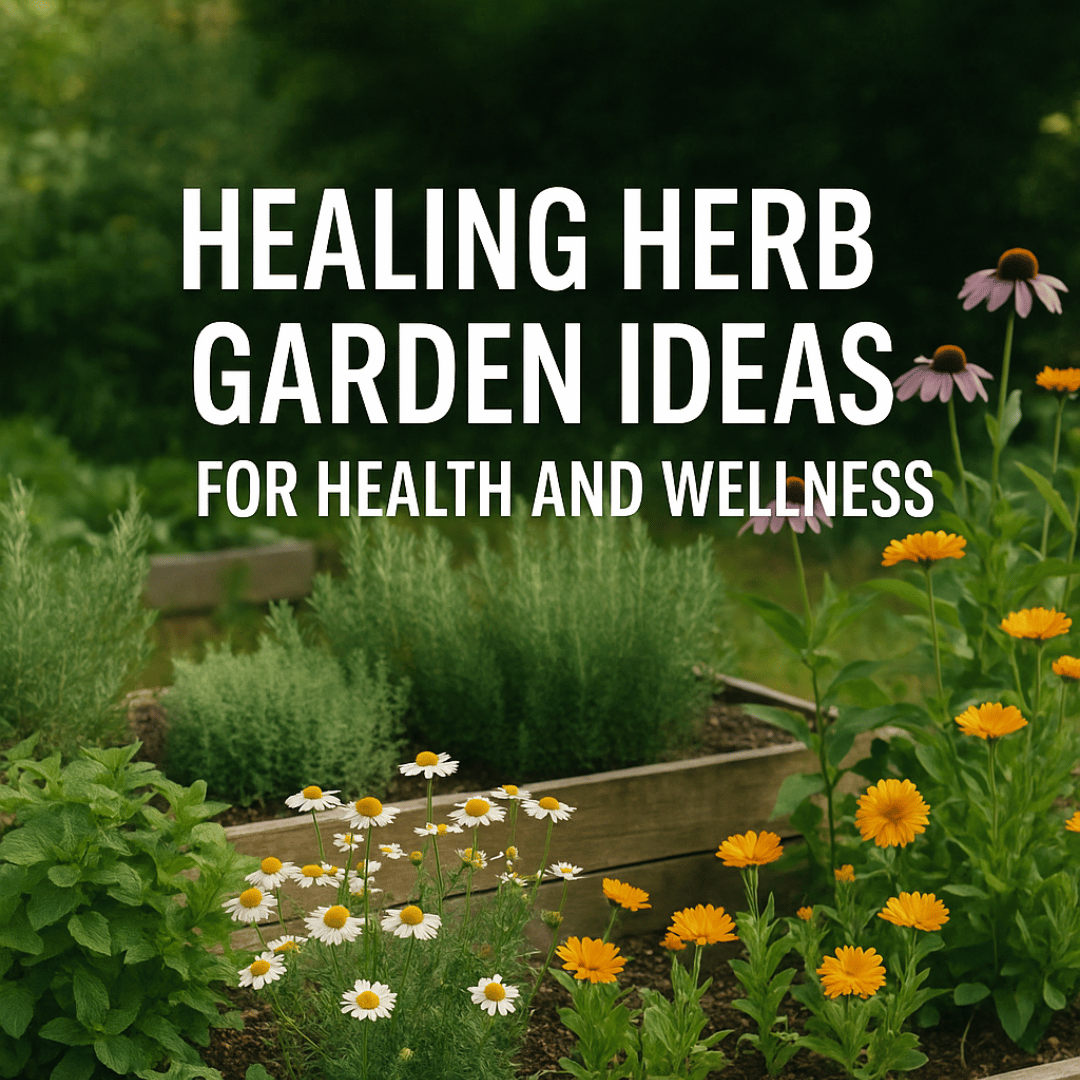
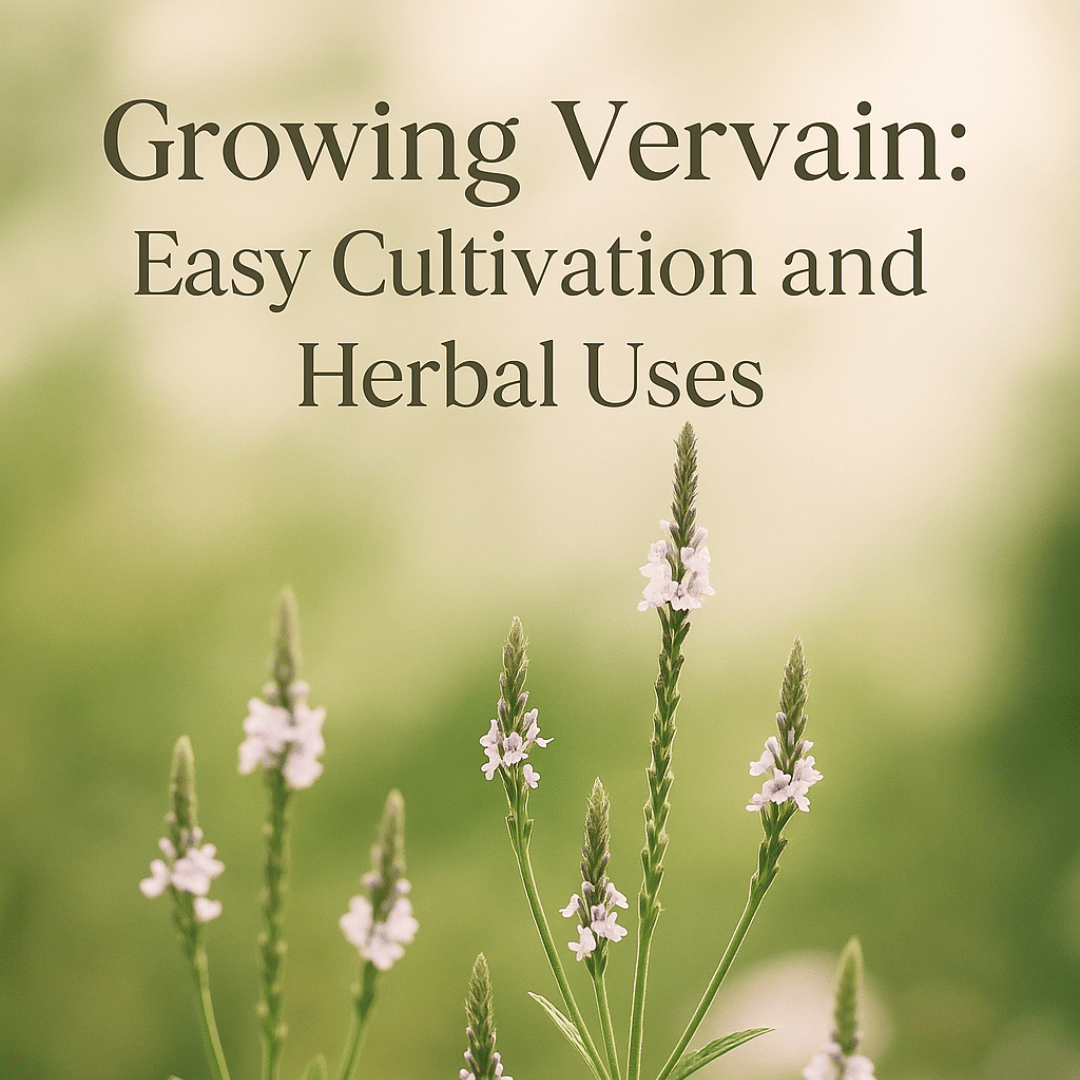
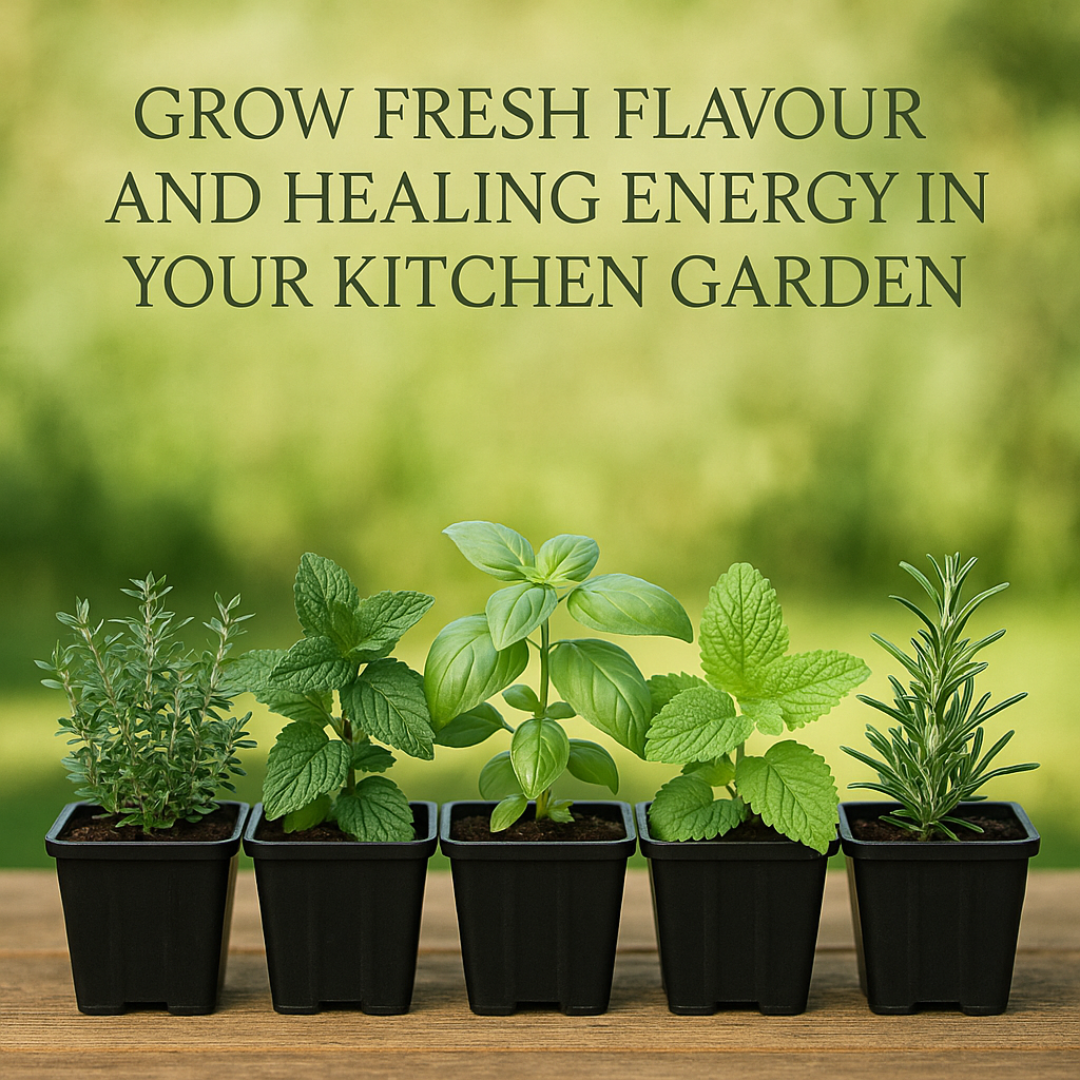

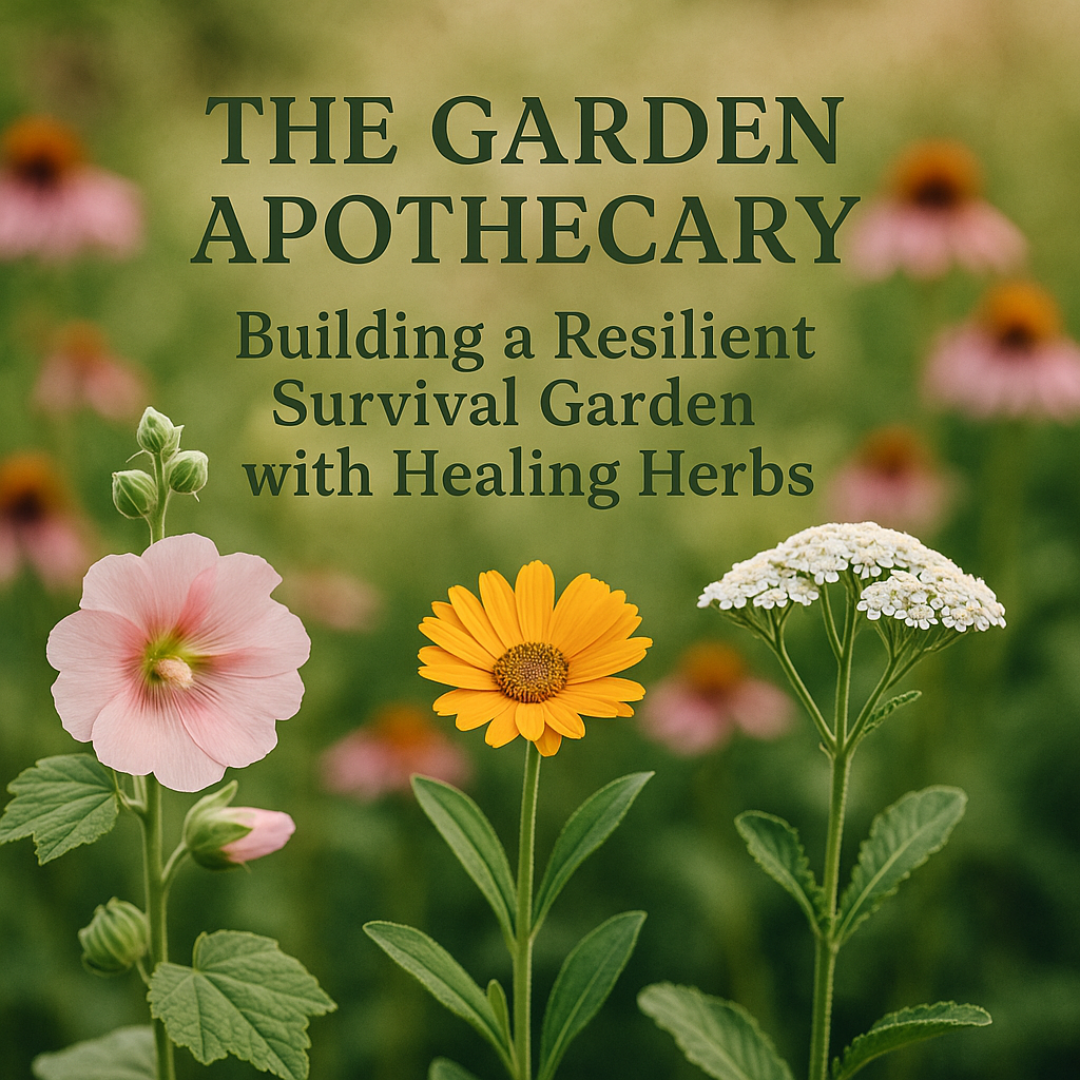
Leave a comment
All comments are moderated before being published.
This site is protected by hCaptcha and the hCaptcha Privacy Policy and Terms of Service apply.